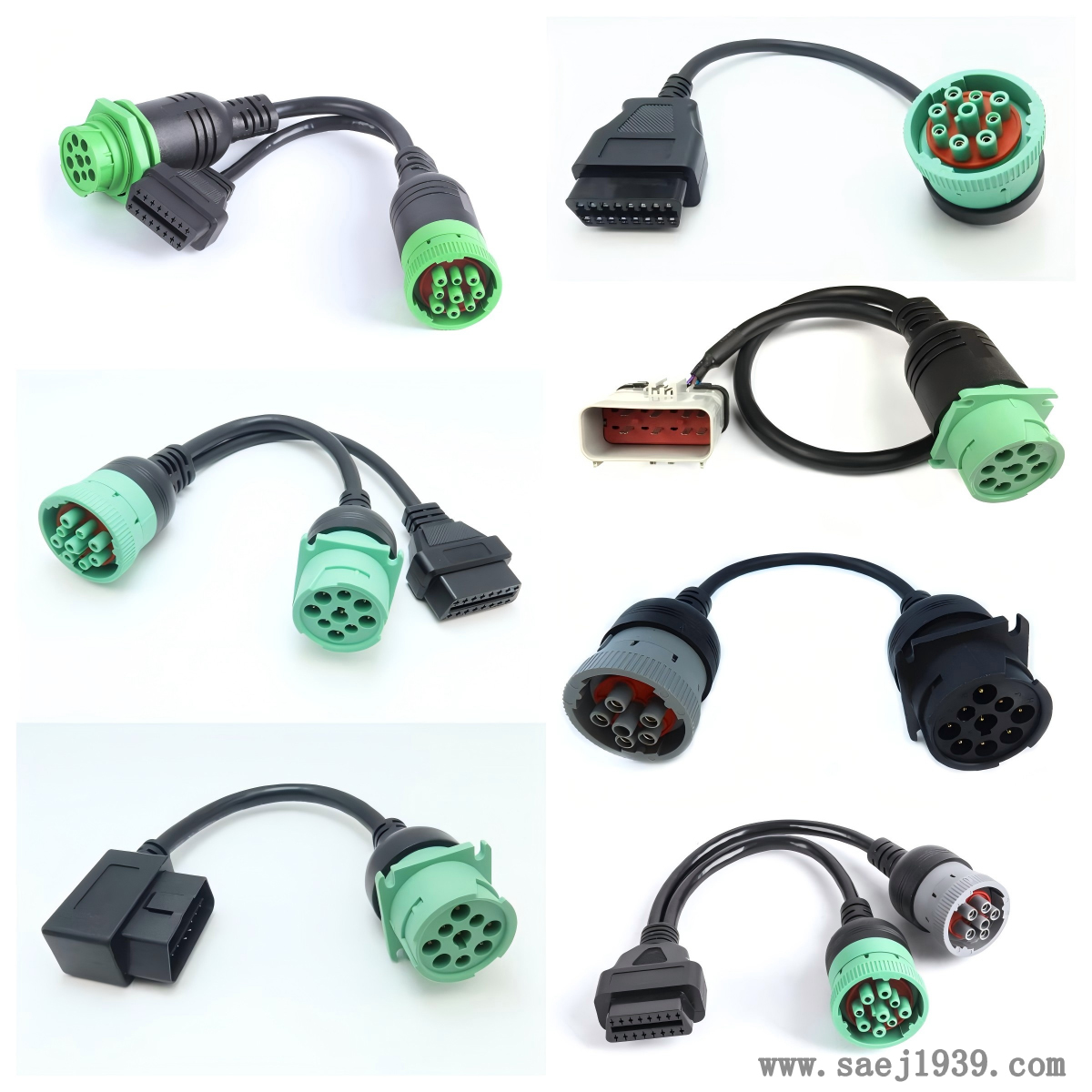Application of J1939 Cable in New Energy Electric Vehicles
J1939 cable is mainly used in the following aspects of new energy electric vehicles:
Communication of battery management system: The battery management system (BMS) of new energy electric vehicles is crucial for monitoring the status of the battery pack, managing the power level, and controlling charging and discharging. J1939 cable is used for communication between various modules within BMS and between BMS and other control units of the vehicle, transmitting information such as battery voltage, current, temperature, state of charge (SOC), etc., enabling the vehicle control system to understand the battery status in real time, ensuring the safe and efficient operation of the battery.
Charging system communication: During the vehicle charging process, the J1939 cable enables communication between the charger, vehicle battery management system, and vehicle control system. It transmits information such as charging status, charging parameters (such as charging current, voltage, charging power, etc.), and control commands to ensure the safety and stability of the charging process. For example, when the charger detects abnormal grid voltage, it can send a signal to the vehicle control system through J1939 cable to pause charging to protect the vehicle and charging equipment.

Vehicle power system control: The power system of new energy electric vehicles includes components such as motor controllers and drive motors. J1939 cable is used for communication between these components, transmitting information such as motor speed, torque, temperature, and receiving drive commands from the vehicle control system to achieve precise control of the motor, thereby meeting the power requirements of the vehicle under different driving conditions. For example, during vehicle acceleration, the vehicle control system sends commands to the motor controller through J1939 cable to increase the output torque of the motor, causing the vehicle to accelerate quickly.
Vehicle information display and diagnosis: The J1939 cable transmits information from various systems of the vehicle to display devices such as the dashboard and onboard display screen, providing the driver with information on the vehicle's operating status, such as speed, battery level, and fault prompts. At the same time, during vehicle fault diagnosis, maintenance personnel can connect to the J1939 network through professional diagnostic equipment, read the fault codes and related diagnostic information stored in various control units of the vehicle, quickly locate the fault location, and improve maintenance efficiency. For example, when a sensor of a vehicle malfunctions, the fault information will be transmitted to the diagnostic interface through J1939 cable, and maintenance personnel can carry out targeted repairs based on this.
We chat